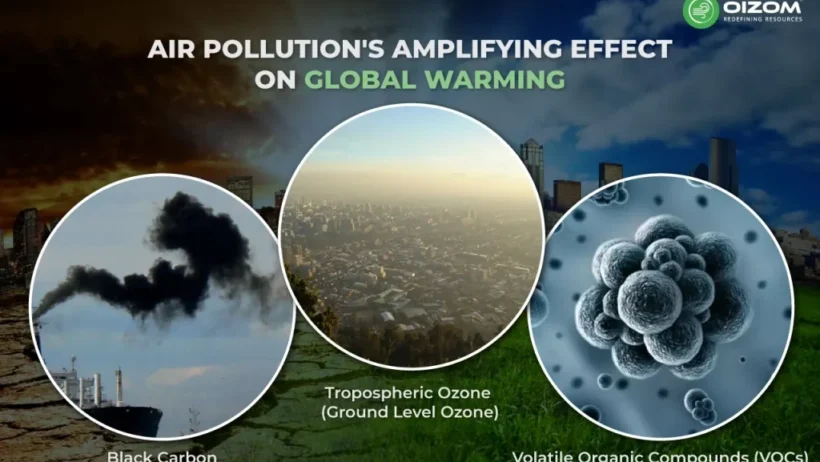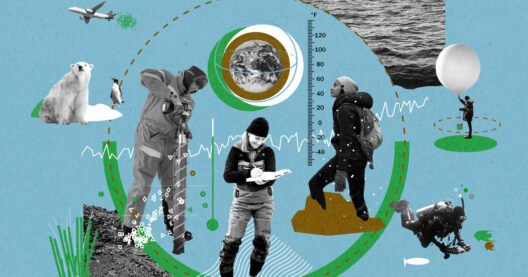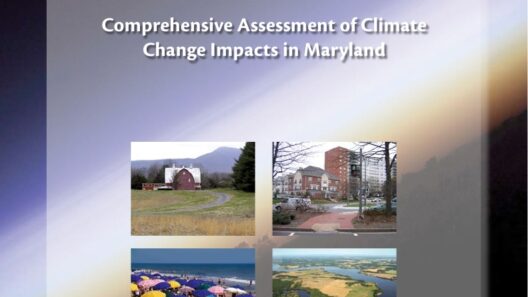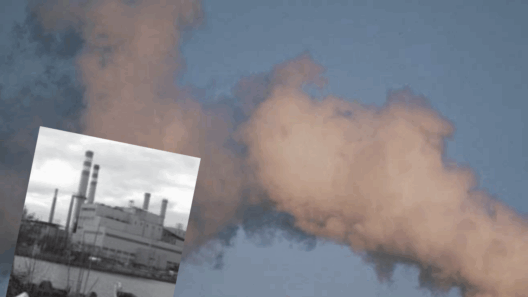In contemporary discourse on environmental issues, one can hardly escape the topic of pollution and its myriad effects on climate change. However, a nuanced exploration reveals the complexity of how various types of pollution contribute to global warming. This subject warrants careful examination, as it intertwines the fabric of ecology, human health, and economic factors.
Pollution can be categorized into several distinct types: air, water, soil, and noise pollution, among others. Each category possesses unique characteristics and impacts. Air pollution, the most pertinent in discussions regarding climate change, predominantly consists of greenhouse gases such as carbon dioxide (CO2), methane (CH4), and nitrous oxide (N2O). While many people recognize that these gases primarily originate from industrial activities, transportation, and agriculture, it is essential to delve deeper into the interconnectedness of pollution in its entirety.
To tackle the central concern, not all pollution contributes equally to global warming. Understanding this nuanced relationship necessitates a distinction between greenhouse gases and other pollutants. For instance, particulate matter and various volatile organic compounds (VOCs), though harmful to health, do not inherently exacerbate the greenhouse effect. Hence, while all forms of pollution have deleterious effects on ecosystems and human health, their contributions to global warming are heterogenous.
Greenhouse gases play a pivotal role in the climate change narrative. These gases trap heat in the Earth’s atmosphere, leading to the greenhouse effect, which, in turn, causes rising global temperatures. This phenomenon is exacerbated by human activities, particularly fossil fuel combustion, deforestation, and agricultural practices. It is a common misconception that simply reducing all forms of pollution will adequately address global warming; however, the focus must be primarily on the mitigation of greenhouse gas emissions.
Conversely, other pollutants, such as sulfur dioxide (SO2), have a somewhat perplexing relationship with climate dynamics. While SO2 is a significant component of acid rain and has detrimental effects on health and ecosystems, it also reflects sunlight back into space, creating a temporary cooling effect. This complex interaction illustrates that while certain pollutants may inadvertently have a mitigating effect on temperatures, their overall harmful impacts overshadow these benefits. Therefore, the goal should remain focused on reducing greenhouse gases to combat climate change effectively.
Furthermore, the role of black carbon—a component of fine particulate matter—cannot be overstated. Black carbon not only contributes to poor air quality but also accelerates glacial melt when deposited on ice surfaces, thereby exacerbating sea-level rise. This dual effect highlights the necessity of addressing multiple pollutants simultaneously. Tackling black carbon emissions can yield rapid beneficial effects on both air quality and climate change, representing a fruitful area for policy intervention.
Another vital consideration is the interaction between various pollutants. For example, ground-level ozone, a component of smog, is formed through chemical reactions between VOCs and nitrogen oxides in the presence of sunlight. This pollutant adversely affects respiratory health and agricultural productivity. However, its relationship with global warming is indirect. Ozone is a potent greenhouse gas that can exacerbate climate change. Therefore, while addressing ground-level ozone will improve air quality, it is also imperative to consider its greenhouse gas potential when framing pollution mitigation strategies.
While discussing pollution’s role in global warming, it is crucial to acknowledge the role of systemic inequalities that often dictate pollution levels and their consequences. Low-income communities and marginalized populations frequently bear the brunt of pollution’s adverse effects. These communities not only struggle with immediate health risks but also grapple with the long-term ramifications of climate change brought on by pollution. Consequently, environmental justice must be a cornerstone of any approach to tackle pollution and climate change, ensuring that the solutions implemented are equitable and address the vulnerabilities of affected populations.
Additionally, addressing the question of pollution and global warming dovetails into broader socio-economic factors. Economic growth, often predicated on industrial expansion, has historically led to increased pollution levels. Countries transitioning from developing to developed status often experience significant environmental degradation, with notable increases in greenhouse gas emissions. Therefore, the challenge lies in pursuing sustainable development pathways that decouple economic growth from pollution. This shift demands innovations in clean technologies, investments in renewable energy, and changes in consumption patterns.
Public awareness and education play pivotal roles in addressing the challenges posed by pollution and climate change. It is vital for citizens to understand the intricate web of pollution types, their specific impacts, and the overarching need for systemic changes. Emphasizing the interdependence of ecological health and human welfare can galvanize support for policies that prioritize sustainability, technology advancements, and regulatory measures targeting greenhouse gas reductions.
In summary, while not all pollution contributes directly to global warming, the interplay between various pollutants creates a multifaceted challenge in tackling climate change. It is critical to discern which pollutants are most impactful on global temperatures and prioritize efforts to mitigate those, particularly greenhouse gases. Moreover, addressing pollution, in general, entails a comprehensive strategy that incorporates environmental justice, economic reform, and public education. Only with a holistic approach can society envision a sustainable future in which pollution is minimized, and the planet’s climate is stabilized.








